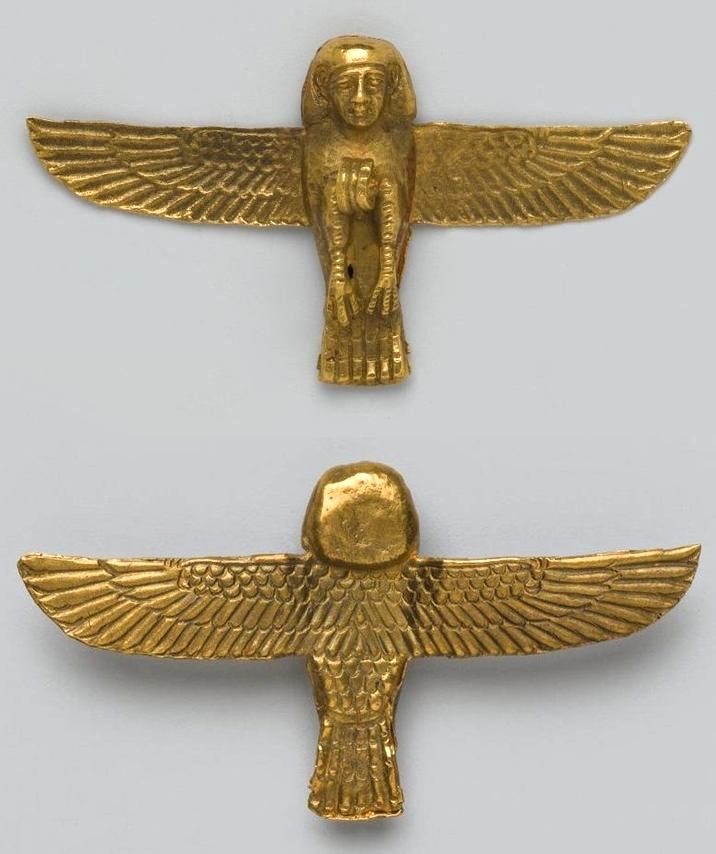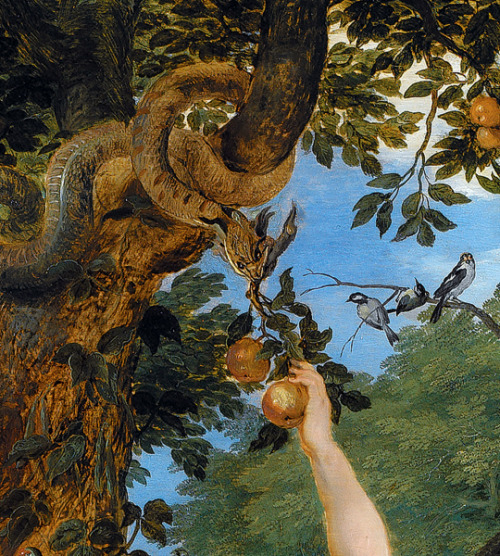1551
1553
1554
1555
1556
1557
1558
1559
1560
1561
1562
1563
1564
1565
Purity by Barry X Ball @BarryXBall. Sculpture: Translucent Pink Iranian Onyx, stainless steel. Pedestal: Macedonian Marble, stainless steel, wood, acrylic lacquer, steel, nylon, plastic.
1566
1567
1569
1570
1571
1572
1573
1574
1575
























